- +91 91000 65552
- +91 92810 19252
- contact@respliceinstitute.com
- Mon-sat 10:00 -18:00
Imagine your brain is like a library. In most people, the shelves are filled with books on how to talk, solve problems, dress yourself, or understand what others are feeling. For someone with an intellectual disability, some of those shelves are either missing books or the books are harder to read. It doesn’t mean the person can’t learn. It means they learn more slowly, need extra support, and take longer to understand or respond to things others find simple.
ID isn’t just about how smart someone is—it’s about how they understand, communicate, and function in daily life. These challenges usually show up in early childhood and continue into adulthood. In places like a child development center or rehabilitation center, professionals work closely with children who face these kinds of developmental challenges.

Not all IDs are the same. It’s like the difference between someone needing glasses to read vs. someone needing a guide dog to navigate.
This is the most common type. Children may take longer to talk, read, or count, but can still learn basic life skills and eventually live somewhat independently. Example: A teenager with mild ID might struggle with budgeting or writing essays, but can cook simple meals or take a bus with training.

Here, children need more hands-on support in school and at home. Reading, writing, or understanding social rules can be difficult. Example: They might not be able to read a storybook, but can learn to recognize signs, do simple chores, or communicate needs with help.

These children have major challenges in thinking, movement, and communication. They may need help in almost every part of daily life. Example: They might need assistance with bathing, eating, and dressing—even into adulthood. Some kids with high-functioning autism may also show similar challenges but differ in how they process social cues or emotions.

ID doesn’t appear as one obvious symptom—it’s more like a pattern of delays and difficulties across many areas.
Frustration or behavior issues – because they can’t express what they want or don’t understand what’s happening.
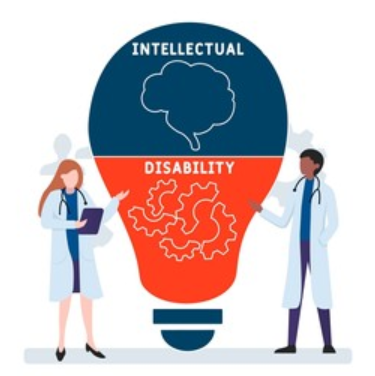
In special education services or speech therapy for children, such signs are often picked up early. Centers that offer developmental delay therapy for children focus on helping with these challenges before they grow too large.
Just like a tree might not grow tall because of poor soil, harsh weather, or a broken seed, intellectual disabilities have many possible roots:
a) Genetic causes: Conditions like Down syndrome, Fragile X, or metabolic disorders are inherited or due to changes in genes. Some families go for a genetic test for autism or ID to understand this better.
b) Problems during pregnancy: Exposure to alcohol, infections, or poor nutrition can affect brain development.
c) Birth complications: Lack of oxygen at birth or premature delivery can sometimes lead to ID.
d) Infections or injuries in early life: Brain infections like meningitis or head trauma can disrupt development.
e) Environmental factors: Neglect, extreme poverty, or exposure to toxins like lead can also play a role.
ID is not caused by watching too much TV or bad parenting, though children with ID need parenting that’s more structured, gentle, and patient.
There’s no single “yes or no” test. Diagnosing ID is like piecing together a story through observations, questions, and measurements.
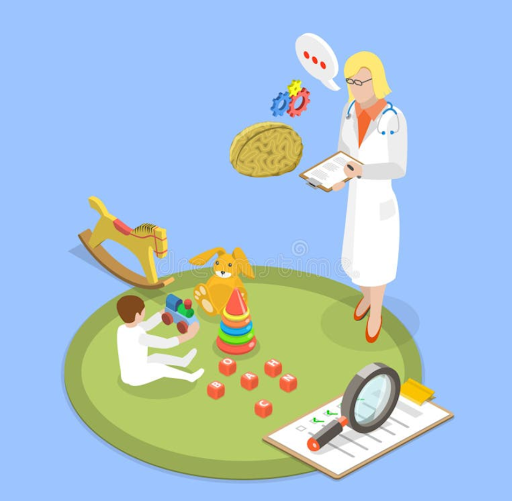
Used in early intervention programs or child psychology services. Doctors compare how the child is growing vs. what’s expected at their age.

If a child consistently scores below 70 on standardized IQ tests and has challenges in everyday life, it may indicate ID.
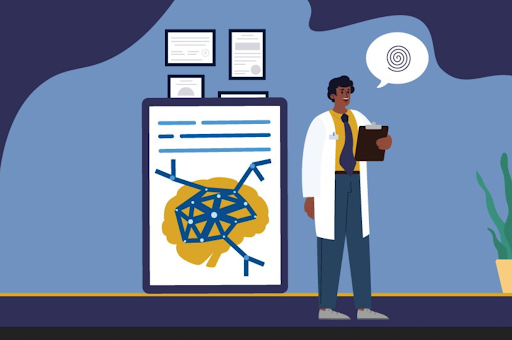
These check how well the child can perform daily life tasks—eating, dressing, communicating, and making choices.
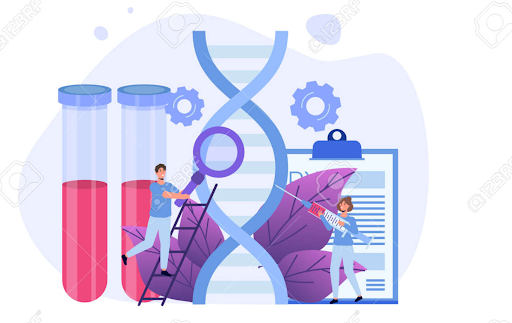
If there's a family history or unusual physical signs, doctors may run genetic tests or brain scans to better understand the cause.
About 1 in every 100 people worldwide has some form of ID. It’s more common in boys than girls. But like fingerprints, no two people with ID are the same. In countries like India, many children remain undiagnosed due to stigma or lack of access.
But awareness is growing, and centers providing autism awareness and treatment services or autism spectrum disorder therapy often extend their expertise to ID, too. Imagine a class of 30 children—there’s likely one child who struggles silently with understanding, memory, or daily skills. With the right support, their progress might look slow, but it’s steady, meaningful, and deeply human.
Used to support attention, sleep, and emotional balance. While not proven to cure ID, some parents explore these alongside regular therapy.

Sometimes children with ID also have food sensitivities. A gut-friendly diet supports overall mood and immunity, central themes in autism and gut health approaches.

Still experimental, aimed at repairing damaged brain cells. Research is ongoing, just as in stem cell therapy for autism.
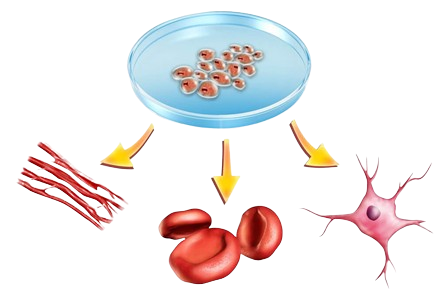
Devices that help train focus or teach life skills through apps, sound cues, or visual prompts.

A growing field looking at gut health, sleep, and inflammation as indirect but powerful influences on brain function. Similar frameworks are being explored in autism spectrum disorders and gut-brain research.
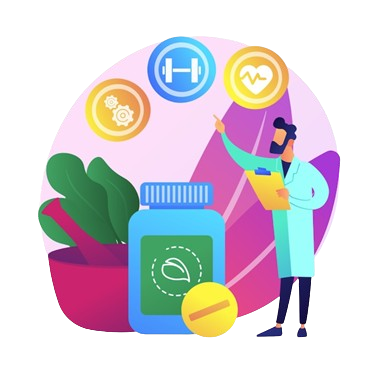
At Resplice Research Institute, doctors use a treatment called Gut Microbiota Transplantation (GMT) to help children with ID, especially those who also struggle with stomach problems, sleep issues, irritability, and behavior challenges.
The big idea: Our gut (stomach and intestines) is filled with tiny living germs called bacteria, most of which help us digest food, keep our immune system strong, and even send signals to our brain. This is called the gut-brain connection. In many ID children, these bacteria are not balanced—what we call gut dysbiosis—and that may affect how they feel, behave, or even think.
GMT works by transferring healthy bacteria from the poop of a healthy child (called a donor) into the gut of the ID child. Over time, these new “good” bacteria settle into the child’s gut, help fix imbalances, and support better overall health.
a) Resplice Outcome in ID:
What Makes GMT at Resplice Special? Here’s what makes the process safe, careful, and unique at Resplice:
Not just anyone can be a donor. At Resplice, donor screening is done using a set of international medical guidelines (called the International Stool Banking Consensus) and gut microbiome test. This includes:
Unlike other places that use adult donors, Resplice uses donors under age 12. Why?
Every day, fresh stool is collected from the child donor in a germ-free, gamma-sterilized container (which means it’s super clean). Here’s how it’s handled:
The treatment isn’t done just once—multiple infusions are given over weeks to slowly reshape the gut-brain axis or the communication between gut and brain. Why? Because it takes time for the new bacteria to settle in, multiply, and take over the unhealthy ones in the child’s gut. Gradually, this reshapes the entire gut microbiome, which can lead to:
GMT is not about changing who someone is. It’s about helping the body and brain work together more smoothly by fixing what’s going on in the gut. At Resplice, this is done scientifically, safely, and with compassion, always as part of a bigger plan that includes therapy, nutrition, and emotional support.
Think of the brain as a library. In children with ID, some shelves are missing books, or the books are harder to read. It doesn’t mean they can’t learn—it means they learn more slowly and need extra time, guidance, and repetition to understand daily life and emotions.
ID affects general mental functioning—thinking, reasoning, and adapting to daily life. A child with ID may also have autism or a learning disorder, but ID is broader. Imagine autism as a different "operating system," while ID means the brain is slower in processing overall.
Just like vision problems range from needing reading glasses to total blindness, ID ranges in severity:
Mild: Learns slower, needs support but can live semi-independently.Look for patterns like:
Delayed walking or talkingIt’s not one test, but a combination:
Developmental screenings (comparing milestones)It’s like piecing together a story—gathering clues from observation, history, and tests.
Like a tree’s growth, brain development can be affected by:
Genetic factors (Down syndrome, Fragile X)Neglect or toxins like lead
It’s not caused by bad parenting or screen time.
Yes. While the core disability doesn’t go away, early therapy, love, structure, and gut health can help children grow in remarkable ways. They may always need some support, but progress is possible—with patience and the right plan.
Some children with mild ID do well in inclusive classrooms with support. Others benefit more from special education. The goal is always the same: help the child learn in ways that make sense to them, not force them into a system that doesn’t.
Behavior therapy – managing frustration, teaching routines
These are offered in most child development centers.
Yes. Children with ID often have gut issues (like constipation, bloating, or picky eating). This imbalance—called gut dysbiosis—can affect mood, sleep, and even learning. Fixing the gut helps the brain feel calmer and more ready to learn.
GMT is like reseeding the garden of your child’s gut with healthy bacteria from another healthy child. These "good bugs" help restore balance in the digestive system, which can lead to better behavior, sleep, and even learning outcomes over time.
At Resplice, yes. They use only child donors under age 12, screened using international safety standards. The process is clean, gentle, and done through infusions—not messy or scary. It’s not a one-time fix, but part of a healing journey.
Most children need multiple sessions over several weeks. Slowly, the new bacteria settle in, crowd out the harmful ones, and start reshaping how the gut talks to the brain. Improvements may include better digestion, calmer moods, and better response to therapy.
Yes, some families explore:
Ayurveda & Homeopathy for balance and sleepDiet plans that eliminate allergens
These aren't cures—but when combined with conventional therapies, they can make life smoother.
Start early. Speak up. Trust your gut. A diagnosis is not the end—it’s the beginning of a roadmap. With therapy, nutrition, gut care, and unshakable love, children with ID don’t just survive. They grow, connect, and shine—on their own timeline.
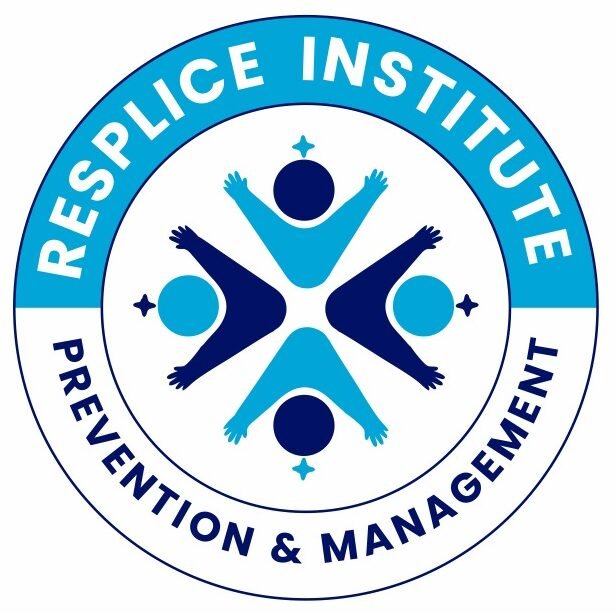
Resplice Institute is India’s first integrated center offering autism therapy, gut microbiome treatment, and preventive health planning. We combine science and empathy to heal lives from the root.
© 2025 respliceinstitute.com || All Rights Reserved